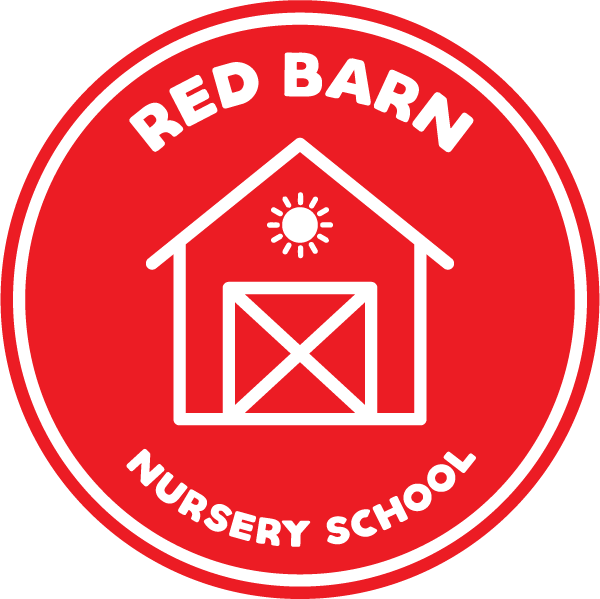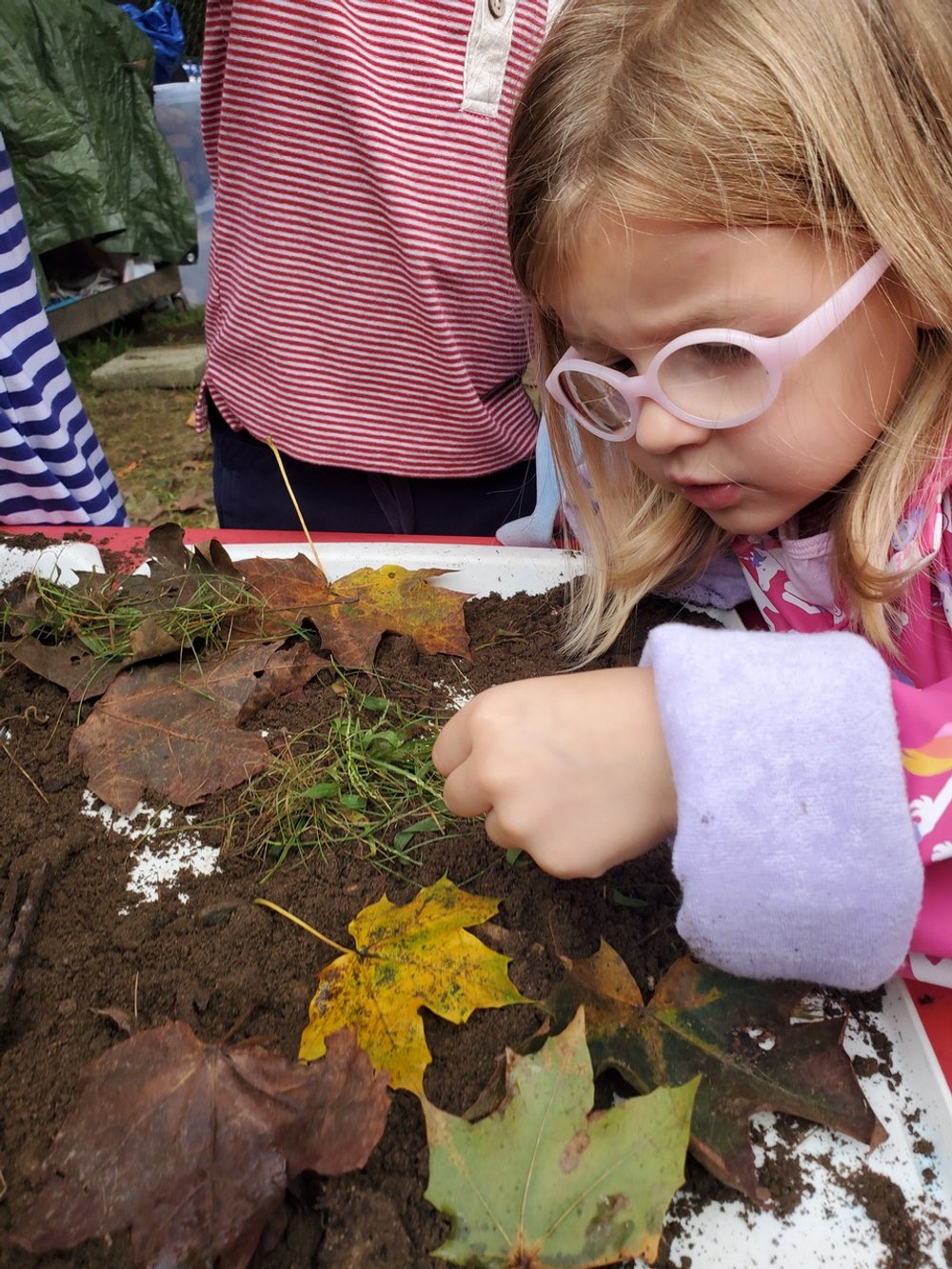Emergent Curriculum.
Emergent curriculum is a teaching philosophy that responds to every child’s interests. It begins with observation of children for insight into their interests and strengths. Teachers can use this information to co-construct meaningful learning experiences with children that are flexible, adaptable, and promote inquiry.
Here are some examples of how we incorporate Emergent Curriculum into the children’s daily activities at Red Barn.
Nature's Scavenger Hunt
Children became detectives for the day, scouring the great outdoors with a magnifying glass to find worms, insects and other small creatures to bring back to school for further investigation. They helped catalog their findings by making a list of everything we collected, from millipedes and caterpillars to grubs and pill bugs
Going Wild for Worms
Worms wriggled their way out of our science books and into children's hands during this activity that nurtured a growing curiosity about their role as decomposers. After watching them on the playground and trail, each child had an opportunity to interact with the worms if they were interested, then recorded observations using clipboards and pencils and helped release them into the compost.
Let’s Talk Numbers
When little eyes grow wide with excitement talking about the zeros in a googolplex and the concept of infinity, we look for ways to help bring numbers to life. Books like "How Many Jelly Beans?" by Andrea Menotti offer simple visuals to help children conceptualize very large numbers in a fun and relatable way. They were even inspired to draw their own jellybean depictions and corresponding numerals. We also introduced them to interactive Cuisenaire rods, providing a hands-on method of exploring new math concepts such as addition, subtraction and working with fractions.
Sprouting Seeds
After observing plants growing in the garden, one of our students drew a diagram of a flower to help us learn all about the life cycle of a seed. Other children wrote out words using phonetic spellings and created their own images to depict each stage of plant growth, then took turns sharing their artwork in sequence to narrate the process step-by-step.
Water Play
As the weather warmed up, the children began to explore the many wonders that water offers. Among the many immersive experiences was a chance to experiment with different containers for transporting it from the faucet to a new destination, then using brushes of varied sizes to create art on large cement slabs. Thinking on an even bigger scale, students stretched a hose clear across the playground to make several pools, a bathtub and intricate “water roads.”
Restaurant Renovation
Building a restaurant from the ground up is no easy feat, but the children were up for the challenge. One child had an idea to make mud to use as a mortar between unit blocks to create part of the restaurant walls, which became a sensory experience for several other kids. Meanwhile, others brought in small colorful blocks to represent snacks and beverages served in the new dining area.
Frost Glass Workshop
When we removed the kitchen area from the classroom, the children put their heads together to brainstorm other ideas for the newly empty space. After several expressed an interest in working with tools and wood, the “workshop” was born. We went on a hunt for tools at the Red Barn, practiced letter formation and phonetic spelling to make an inventory list and headed out to the trail to find wood for supplies. Lastly, we generated a list of ideas for the workshop; votes were tallied and the Frost Glass Workshop was officially born. Donations of glue, wood scraps, tile samples, wood trim samples and other miscellaneous household supplies are greatly appreciated for future workshop play!
Community Art
While we don’t often send artwork home, we encourage children to use art materials to create wall decorations for the classroom where they can see how their work contributes to the greater picture. On one wall of the classroom, there’s an oversized tree collage that changes with the seasons. We brought the children outdoors to help with transitioning the summer greenery to a medley of orange, yellow and brown fall leaves.
Tree Bark and Crafts
Integrating the indoors and outdoors is an important part of our curriculum to help children develop a lifelong love of nature and an understanding of our environment, among many other benefits. On one of our nature walks, children collected fallen tree bark and brought it into the classroom where we used oil pastels to create colorful masterpieces.
Building a Classroom Community
For us, the classroom is more than just a learning environment — it’s a place to build community. Within our Red Barn classroom community, the children continuously find new ways to help one another and their teachers with tasks, from setting up snacks to putting out mats for circle time. These acts not only strengthen self-help skills that are an important part of kindergarten preparation, but also instill a sense of responsibility in caring for others around them.



